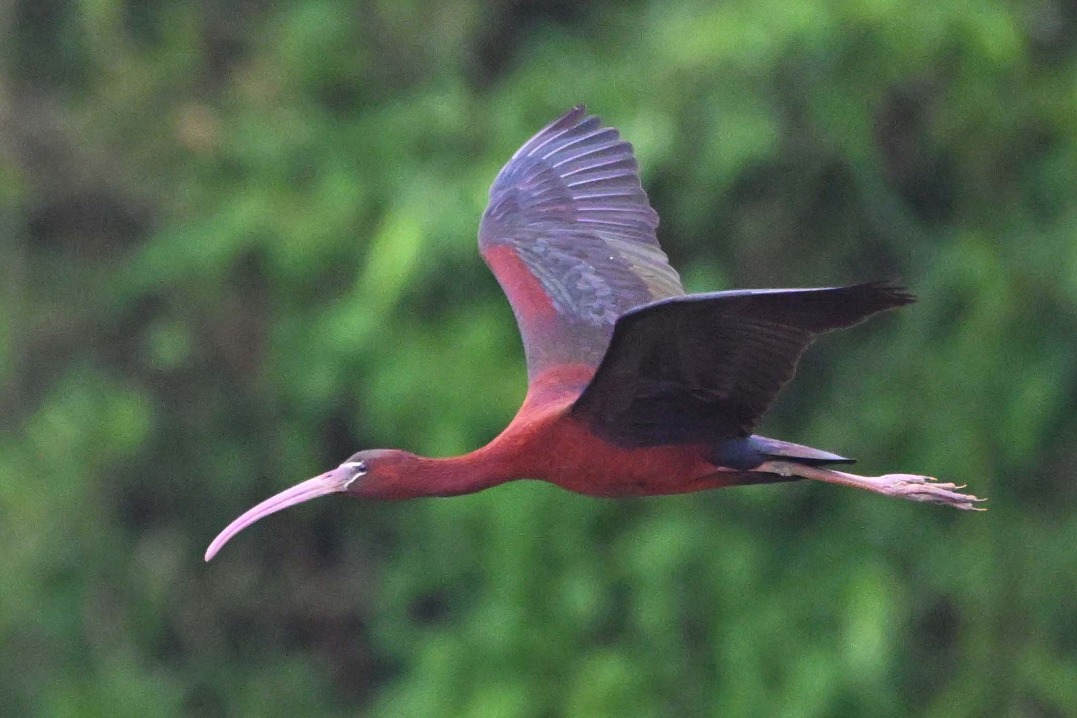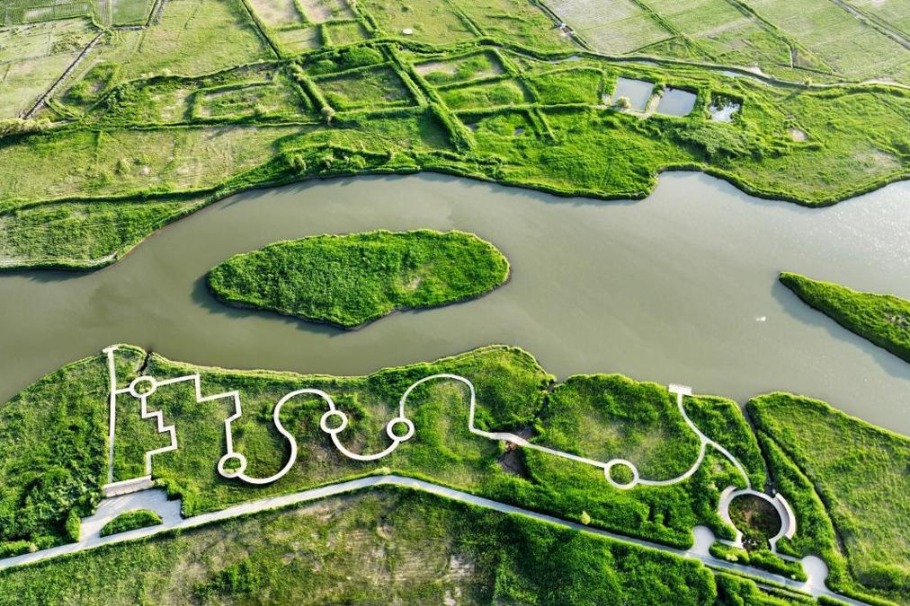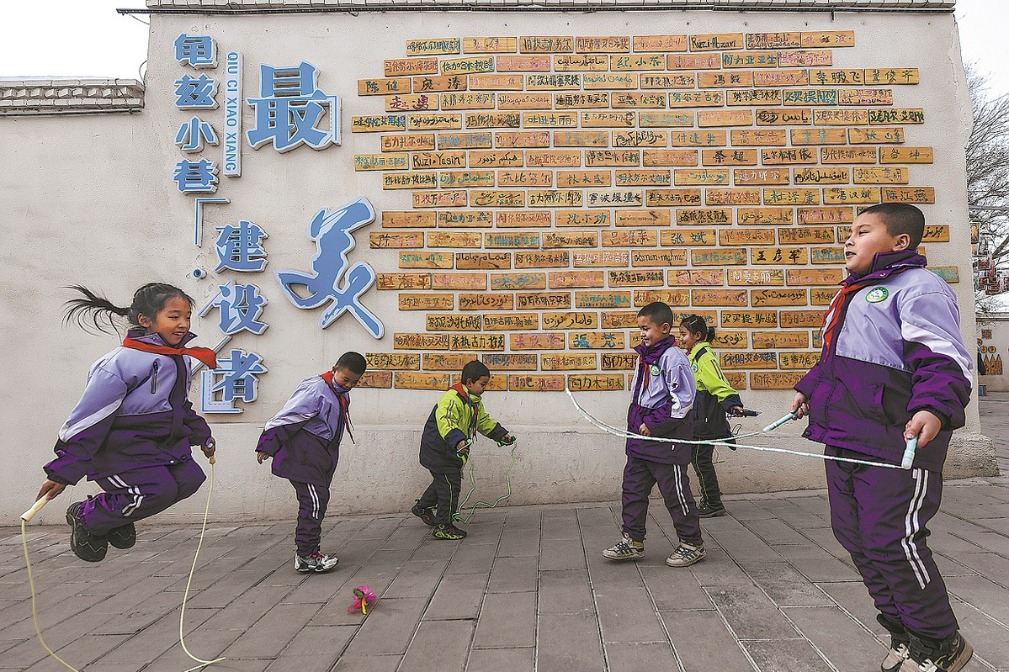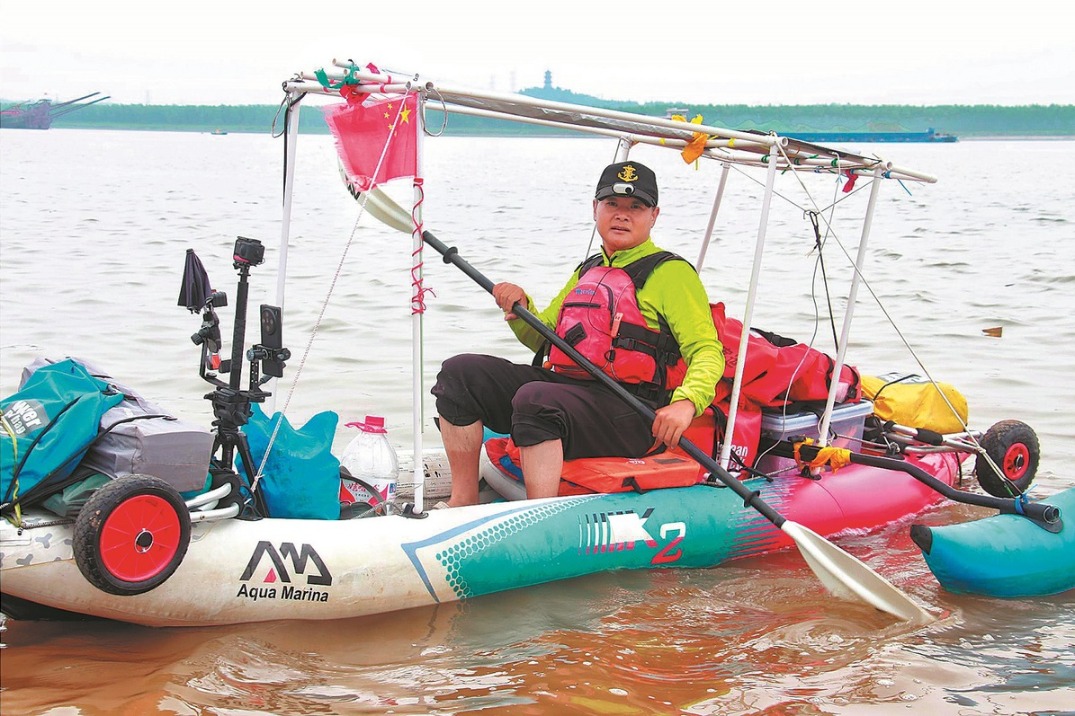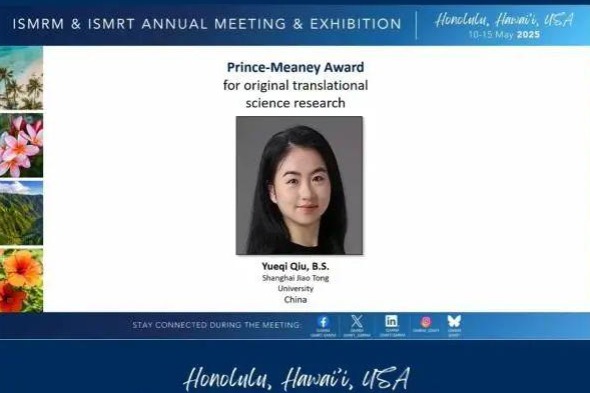Neolithic settlement reveals details of China's past


ZHENGZHOU — Chinese archaeologists have discovered the ruins of a Neolithic settlement site dating back more than 7,000 years in Anyang city, Henan province, that offers valuable insight into the prehistoric lifestyle.
The site is situated in Balizhuang village. It occupies a roughly elliptical area of about 27,000 square meters and is about 230 meters wide and 150 meters long, according to the Anyang Institute of Cultural Relics and Archaeology.
Based on carbon-14 dating results, the site dates back to between approximately 7,800 and 7,400 years ago — the middle Neolithic period — and has been linked to Peiligang culture. Peiligang is one of the earliest ruins in China, dating back about 8,000 years. It provides important evidence for the study of the development of agriculture, pottery making and textiles, as well as ancient alcohol-making techniques.
Archaeologists also unearthed an ancient river channel approximately 100 meters wide to the southwest side of the site.
"It is believed that the ancient residents of the site lived along this river," said Shen Wenxi, with the institute. "The entire site is well-preserved, with a wealth of cultural heritage."
Archaeologists also discovered prehistoric building materials scattered across the site and the bases of partially sunken buildings.
According to Kong Deming, the leader of the archaeological team, the discovery indicates that the residents of the site were already settled, offering insights into the sedentary lifestyle of people over 7,000 years ago.
Numerous stone tools were unearthed, including shovels, axes, sickles, grinding stones and pestles, which showed great sophistication in their making, according to Kong.
From felling trees and tilling the soil to harvesting crops and threshing, there were stone tools available for every step of the agricultural process, demonstrating that agriculture then had already entered a new period of using hoes.
Additionally, the discoveries of fragmentary animal skeletons found in the ancient river channel indicate that hunter-gathering and fishing were still important to residents.
"Preliminary observations show that there were mammals such as hogs, dogs and deer, as well as shellfish, conchs and fish. We even found bird bones," said Shen Wenxi, adding that the findings lay the foundation for understanding the production and economic activity at that time.
Peiligang culture is the most sophisticated of China's assorted mid-Neolithic archaeological cultures found to date, and their migration and expansion created a series of cultural interactions that drove the evolution and development of other Neolithic cultures, Kong told Xinhua.
"It is an important source of Chinese civilization," he said.
Ongoing excavation is being conducted at the Balizhuang site, with a further study focusing on its cultural connotations and settlement distribution.
Xinhua
- China accelerates push for green, smart ports
- US-China student exchange bridges cultures in Hebei
- BRI countries highlight innovation-driven development
- China's blood donation rate rises, supply efforts ongoing
- Chinese expert: COVID-19 pathogenicity weakened, now flu-like
- Shanghai launches Intl cruise festival

















